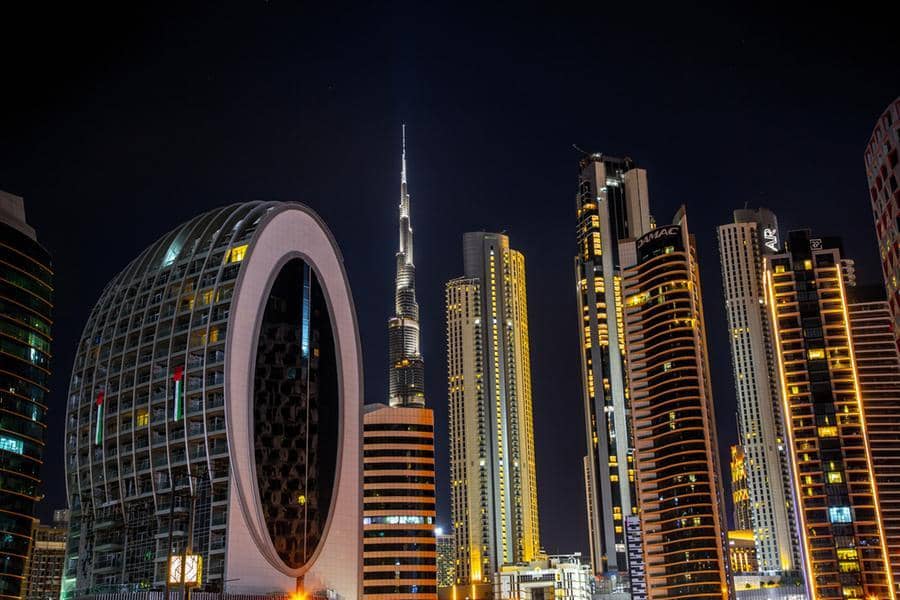According to the Savills Dubai Office H1 2022 – Market in Minutes report, Dubai’s office market has remained resilient over the first half of 2022, helped primarily by the ongoing demand for Grade A office space, which has also resulted in a steep decline in vacancy levels for this segment.
According to the research, there has been a high demand for occupants due to a robust local economy, where businesses are finalizing their expansion plans, and an influx of senior executives, business owners, and High Net-worth Individuals (HNIs).
According to the most recent Savills Prime Office Costs (SPOC) Report, Dubai’s office utilization levels in Q2 2022 were the highest among the cities Savills monitored in Europe, the Middle East, and Africa, with an average of 80% of workers back in the office in Dubai in some capacity.
Paula Walshe, director, International Corporate Services, Savills Middle East says, “Businesses are increasingly acknowledging the importance of upgrading their existing spaces or moving to new places altogether that better suit their renewed requirements, which were altered by the pandemic. Many of our clients are finding better value in consolidating their operations, which is allowing them to sharpen their focus while making significant savings against a backdrop of rising operational costs.”
Swapnil Pillai, associate director of research, Middle East says, “Amid a flight-to-quality, a general shift in occupier preference towards Grade A space continues, driven by an increased focus on ESG compliance and right-sizing of existing real estate footprint for cost and operational efficiency.”
“Further diversification of the economy and the emergence of new sectors such as virtual assets are contributing to the expanding occupier profile,” said Pillai.
Increased occupancy levels at well-known Grade A developments in Dubai have led to rental prices rising on average by 10% from H2 2021 and by roughly 13% year over year. In several areas, rents are increasing, notably for ESG-compliant premises, according to the SPOC research, as occupier demand continues to underpin the prime end of the market. According to Savills, Dubai experienced headline rent increases in Q2.
In the first half of 2022, submarkets including DIFC, DWTC, DMCC, Dubai Media City, and Dubai Internet City saw the majority of lease activity. The largest year-over-year gains in terms of rental performance across office locations were seen at Dubai Investment Park (35%) followed by Barsha Heights (29%) Dubai Production City (27%) and Deira (25 percent). Dubai Internet City, Dubai Media City, Dubai Knowledge Village, as well as other connected sites like Dubai Healthcare City and Dubai Design District, remained relatively stable during this time.
In a noticeable trend, businesses seeking to cut their capex spending and new market entrants seeking to set up operations in the city have both increased demand for flexible space choices, such as serviced offices and co-working spaces. Due to this, the majority of notable flexible space operators in Dubai are claiming strong occupancy rates, with a select few companies reporting 100% occupancy and outlining intentions to further expand their product offerings in the city.
